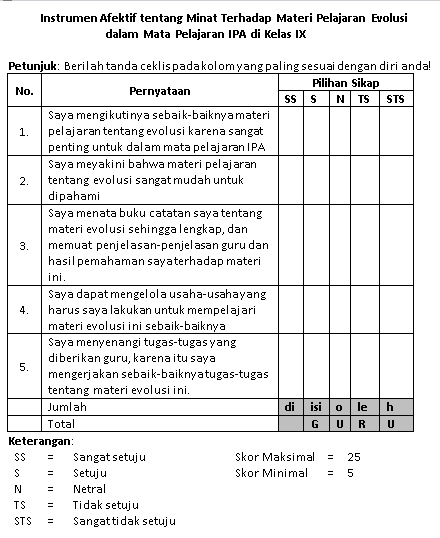In a world driven by data, extracting meaningful insights from research and assessments is paramount. This often involves using instruments – carefully designed tools like surveys, questionnaires, or tests – to gather information. However, the raw data collected is only the first step. To unlock the true value of this information, we need to understand how to calculate instrument scores effectively.
Instrument score calculation is the process of converting raw data from an instrument into meaningful, interpretable scores. These scores provide a standardized way to compare and analyze individual responses or group performance. This process is essential in various fields, from education and psychology to market research and healthcare.
The importance of accurate instrument score calculation cannot be overstated. It ensures that the data collected is transformed into reliable and valid measures, allowing researchers, educators, and professionals to draw accurate conclusions, make informed decisions, and track progress effectively.
Imagine a teacher administering a test to assess student understanding of a particular concept. Simply collecting the number of correct answers is not enough. Calculating instrument scores, in this case, test scores, provides a clearer picture of individual student performance and identifies areas where additional support may be needed.
Similarly, in market research, a company might use a survey to gauge customer satisfaction. Calculating instrument scores can reveal trends in customer sentiment, highlight areas for improvement, and guide strategic decision-making.
Advantages and Disadvantages of Instrument Score Calculation
While instrument score calculation is essential, it is not without its challenges. Understanding the advantages and disadvantages can help researchers and practitioners approach this process effectively:
| Advantages | Disadvantages |
|---|---|
| Provides standardized and comparable measures | Can be complex and time-consuming |
| Enables objective analysis and interpretation of data | Requires careful selection of scoring methods and interpretation |
| Facilitates tracking progress and evaluating interventions | Susceptible to errors if not implemented correctly |
Best Practices for Instrument Score Calculation
To ensure accurate and reliable instrument score calculation, consider these best practices:
- Choose the Right Scoring Method: The appropriate scoring method depends on the type of instrument and the research question. Common methods include summated scores, weighted scores, and standardized scores. Carefully consider the strengths and limitations of each method.
- Establish Clear Scoring Rules: Define clear and consistent rules for assigning scores to responses. This ensures objectivity and reduces the risk of bias.
- Use Reliable and Valid Instruments: The accuracy of instrument scores depends on the reliability and validity of the instrument itself. Choose well-established instruments or develop your own with careful attention to psychometric properties.
- Pilot Test Your Instrument: Before full-scale implementation, pilot test your instrument and scoring procedures with a small sample. This helps identify any issues or ambiguities in the scoring process.
- Document Your Process: Thoroughly document the scoring process, including the chosen method, scoring rules, and any software or tools used. This ensures transparency and facilitates replication or future analysis.
Instrument score calculation is a critical step in transforming raw data into valuable insights. By understanding the principles, methods, and best practices involved, researchers and professionals across various fields can leverage this process to draw meaningful conclusions, make informed decisions, and drive positive outcomes.
Lune jaune ciel rose unraveling the enigma of the yellow moon pink sky phenomenon
The power of animated single moms representation matters
Mysterious red bump on dogs leg what you need to know
Checklist Penilaian Risiko Jatuh Pasien Dewasa - Khao Tick On
Kriteria penilaian validasi ahli - Khao Tick On
cara menghitung skor instrumen - Khao Tick On
cara menghitung skor instrumen - Khao Tick On
cara menghitung skor instrumen - Khao Tick On
cara menghitung skor instrumen - Khao Tick On
cara menghitung skor instrumen - Khao Tick On
cara menghitung skor instrumen - Khao Tick On
Contoh Rubrik Penilaian Kognitif Berikut Contoh Format Penilaian - Khao Tick On
cara menghitung skor instrumen - Khao Tick On
cara menghitung skor instrumen - Khao Tick On
Rumus Reliabilitas Alpha Cronbach - Khao Tick On
cara menghitung skor instrumen - Khao Tick On
Printable Nursing Printable Morse Fall Scale - Khao Tick On













